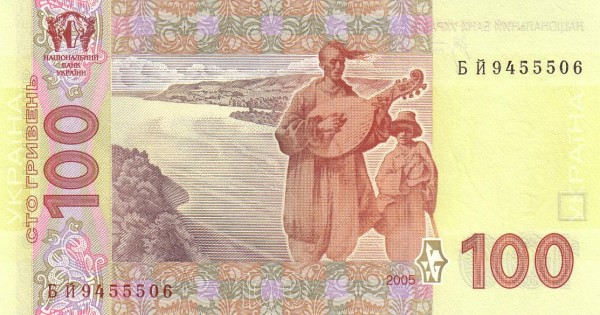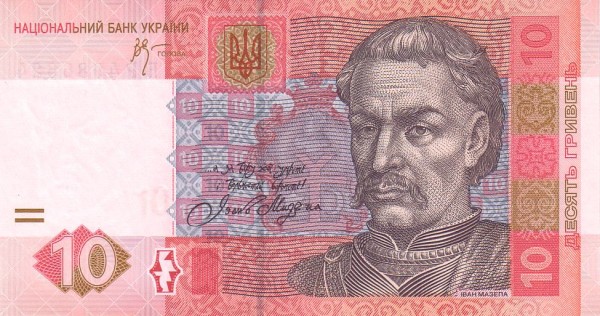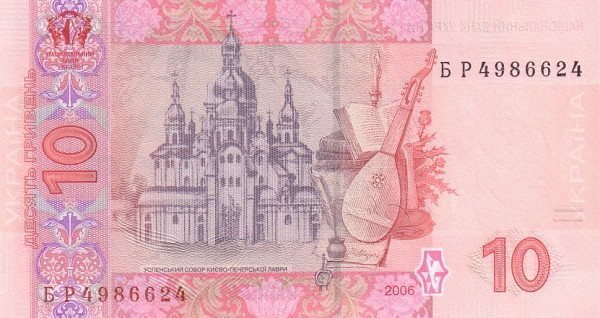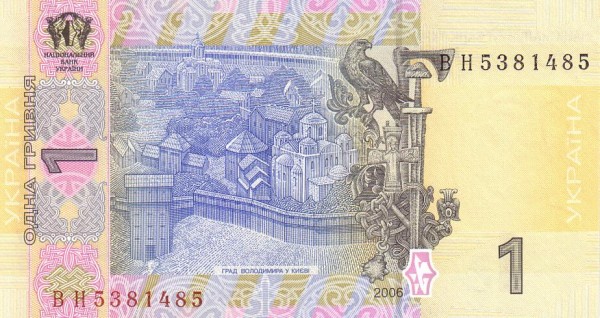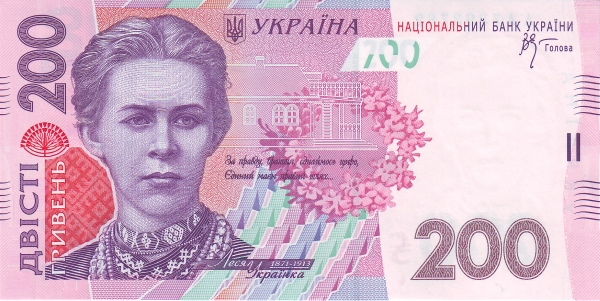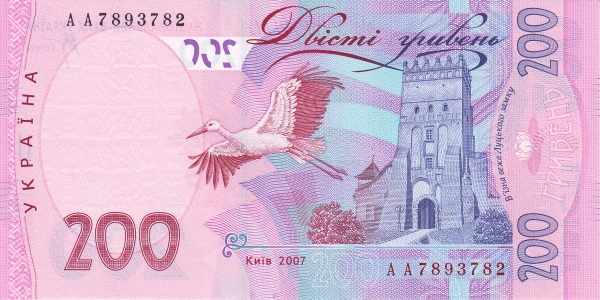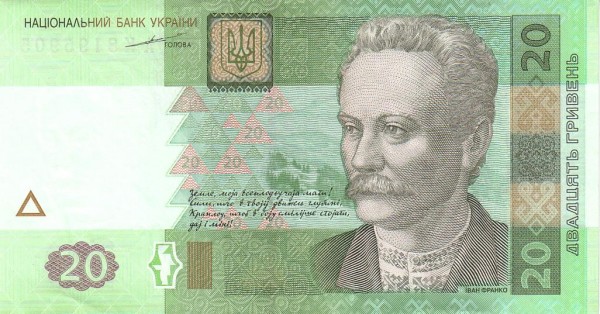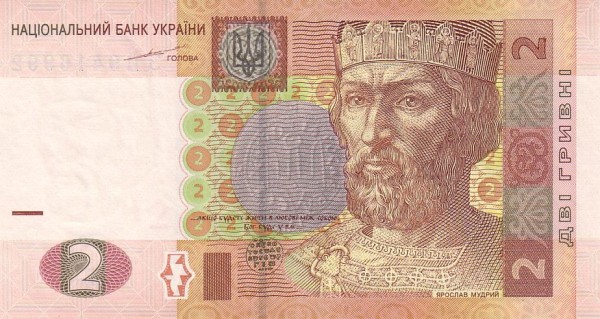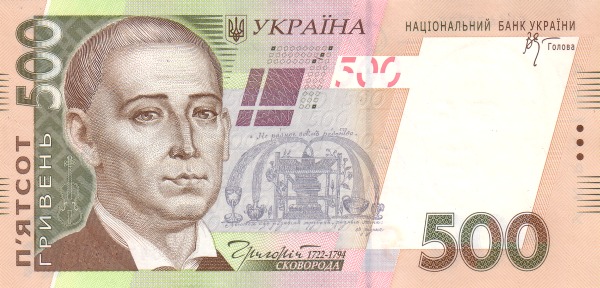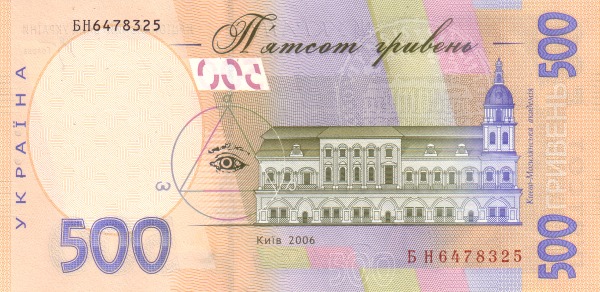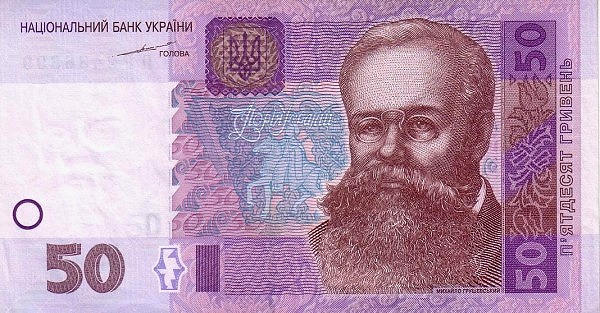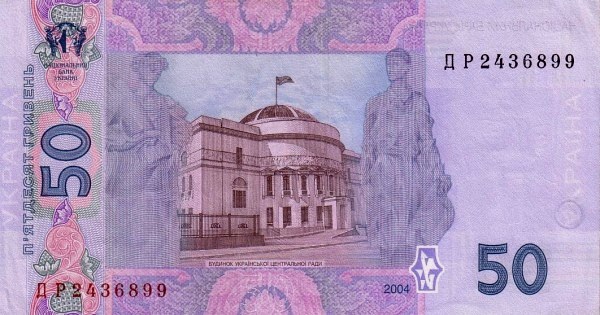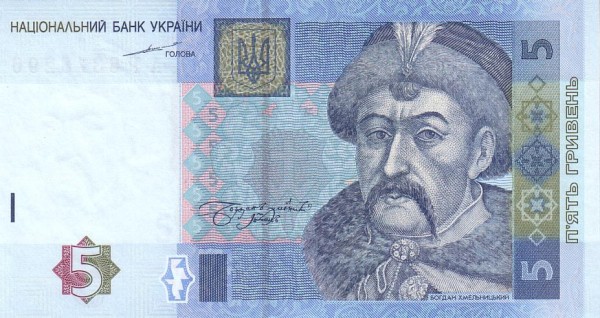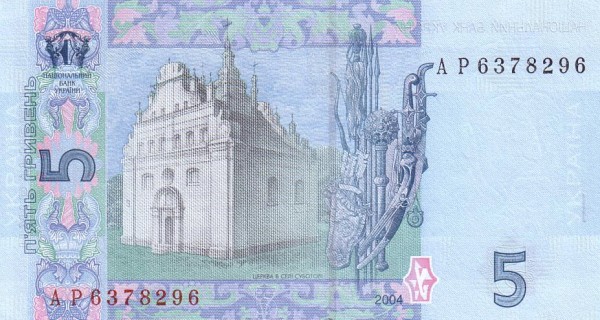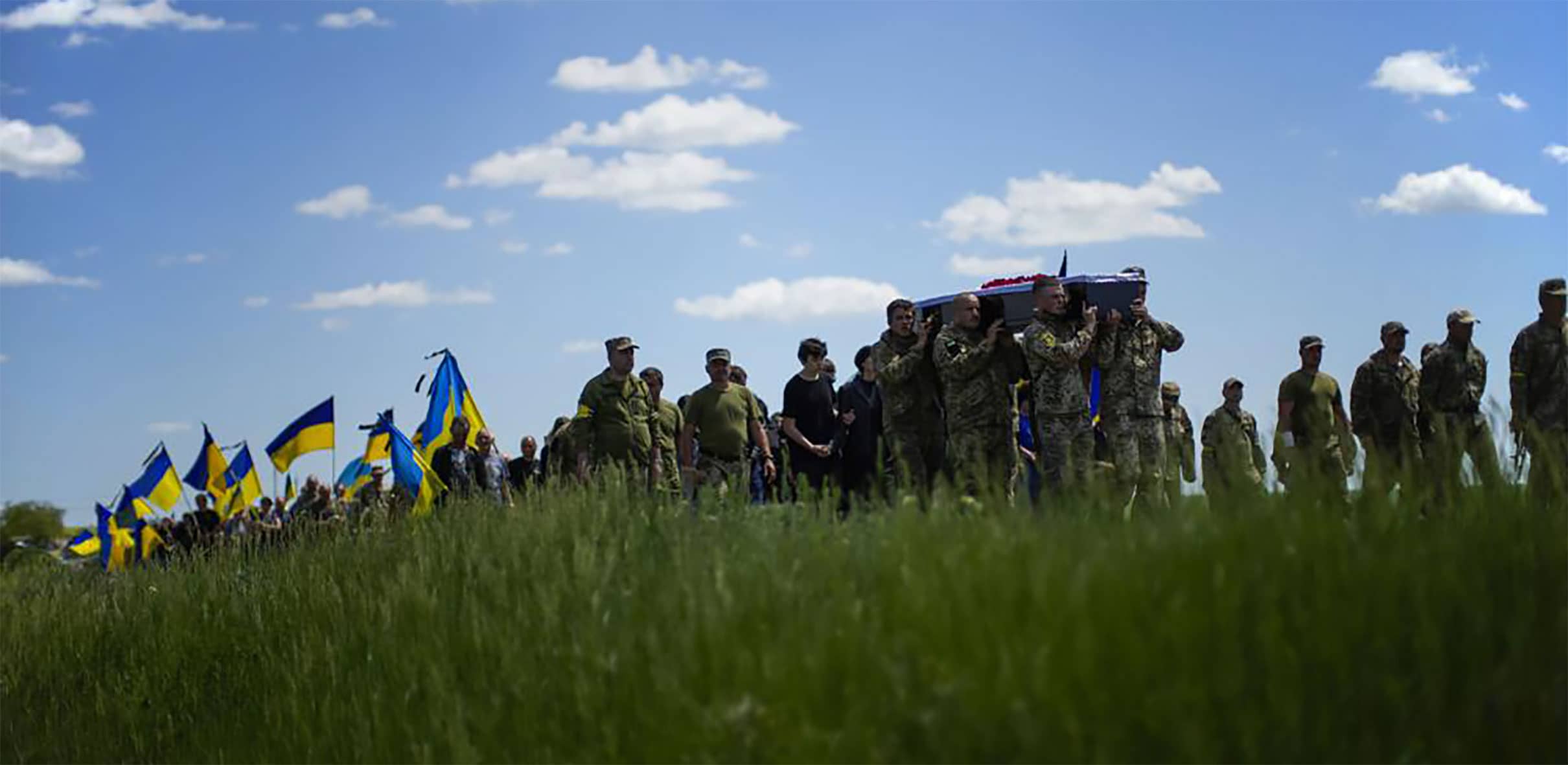Ukraine: An Overview
Ukraine, a country located in Eastern Europe, has been enduring a brutal attack by Russia since February 2022. This largest nation entirely within Europe features a coastline along the Black Sea and the Sea of Azov in its southeast. Unlike any other, Ukraine shares borders with Russia to the northeast, Belarus to the northwest, and several European countries including Poland, Slovakia, Hungary, Romania, and Moldova to the west and southwest.
Geography and Demographics
Encompassing an area of 600,000 km², Ukraine's size nearly doubles that of Italy, making it slightly smaller than the US state of Texas. The landscape primarily consists of plains and plateaus, with the Carpathian Mountains in the west rising to 2,061 m (6,760 ft) at Mount Hoverla, the nation's highest point. Additionally, Ukraine boasts a population of approximately 38 million people as of 2024. Kyiv, often spelled as Kiev, stands as both the capital and largest city. While the official language is Ukrainian, Russian remains prevalent, especially in the eastern and southern regions. Moreover, Orthodox Christianity is the principal religion, practiced by about 65% of the population.
Ukraine Under Attack
Since the assault by Russia began, the situation in Ukraine has escalated. The invasion, which occurred on 24 February 2022, has garnered support from Belarus, enabling Russian troops to penetrate Ukraine from the northwest. As a result, the struggle for independence and sovereignty continues to define the country’s current reality.
The Breadbasket of Europe
Known as the "Breadbasket of Europe," Ukraine derives its reputation from its rich and fertile land, famously characterized by Chernozem, or "black earth." This incredibly fertile soil supports extensive agricultural production, underscoring Ukraine's crucial role in global food supply.
Cultural Significance: The Chernobyl Disaster
One of the most notorious events in Ukraine's history is the Chernobyl disaster. On 26 April 1986, a catastrophic nuclear accident erupted at the No. 4 reactor of the Soviet-operated Vladimir Lenin Nuclear Power Plant, located near Chernobyl. The resulting reactor core explosion released significant quantities of radioactive material into the environment, impacting large segments of Europe. Flawed reactor design and grave operational mistakes contributed to this tragedy.
Religious and Historical Landmarks
Another highlight in Ukraine’s cultural landscape is the Pechersk Lavra, or the Monastery of the Caves, established in 1051 on the Berestov Mount in Kyiv. This monastery has served as a vital center for Orthodox Christianity in Eastern Europe and continues to be one of the region's most renowned religious sites.
Natural Wonders: The Optymistychna Cave
The Optymistychna Cave, located near the village of Korolivka in western Ukraine, stands out as a natural marvel. Stretching an impressive 262 km (163 mi), it holds the title of the longest gypsum cave in the world and remains largely undeveloped for tourism, offering pristine conditions for exploration.
Historical Background
Historically, Ukraine's complex past features numerous struggles for independence and sovereignty. Once part of the Soviet Union, it became independent in 1991 following the USSR's dissolution. However, decades of occupation and tyranny have left deep scars. From the tragic Holodomor famine resulting in over 8 million deaths to the devastation of World War II, where roughly 7 million lives were lost, Ukraine's history is steeped in struggle.
Political Structure
Today, Ukraine operates as a semi-presidential republic. The president serves as both head of state and commander-in-chief, elected by a popular vote for a five-year term. The unicameral parliament, known as the Verkhovna Rada, constitutes Ukraine's legislative branch, while the prime minister leads the government.
Current Economic Landscape
Once an essential part of the Soviet economy, Ukraine's current economic framework is multi-sectoral, emphasizing agriculture, industry, and services. Significant reforms focus on promoting prosperity, democracy, and transparency. The establishment of a national anti-corruption agency and an extensive banking sector overhaul marks critical steps toward progress.
A Journey Through Ukraine
Exploring Ukraine reveals its rich cultural tapestry. Notable destinations include Lviv, recognized as the cultural heart; Odessa, a lively port along the Black Sea; and the captivating regions of Poltava, Kharkiv, and Transcarpathia. Furthermore, the Optymistychna Cave offers thrilling adventures for nature enthusiasts.
UNESCO World Heritage Sites
Seven UNESCO World Heritage Sites unfold amidst Ukraine's diverse landscapes. These include the ancient city of Tauric Chersonese, a historical marvel; L'viv's Historic Centre, teeming with architectural beauty; and the Residence of Bukovinian and Dalmatian Metropolitans in Chernivtsi, showcasing stunning 19th-century architecture.
Educational Institutions in Ukraine
Ukraine is home to several esteemed educational establishments. Notably, the Ivan Franko National University of L'viv boasts a rich history as the oldest continuously operating university in the nation, founded in 1661. Other renowned universities encompass the Igor Sikorsky Kyiv Polytechnic Institute, Kharkiv National University, Taras Shevchenko National University of Kyiv, Sumy State University, University of Chernivtsi, and Uzhgorod National University.
Largest cities of: Ukraine
| City Name | Population | Year of foundation | |
| Kyiv | 2,962,180 | 482 | |
| Kharkiv | 1,451,000 | 1654 | |
| Odesa | 1,013,000 | 1794 | |
| Dnipro | 990,000 | 1776 | |
| Donetsk | 900,000 | 1869 | |
| Zaporizhzhia | 740,000 | 1770 | |
| Lviv | 730,000 | 1256 | |
| Kryvyi Rih | 600,000 | 1775 |
Ukraine: Money

